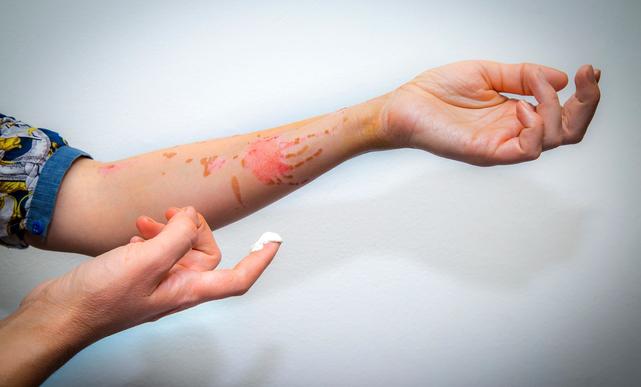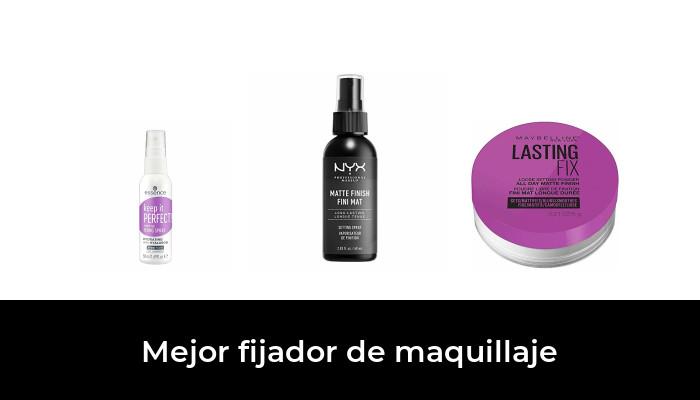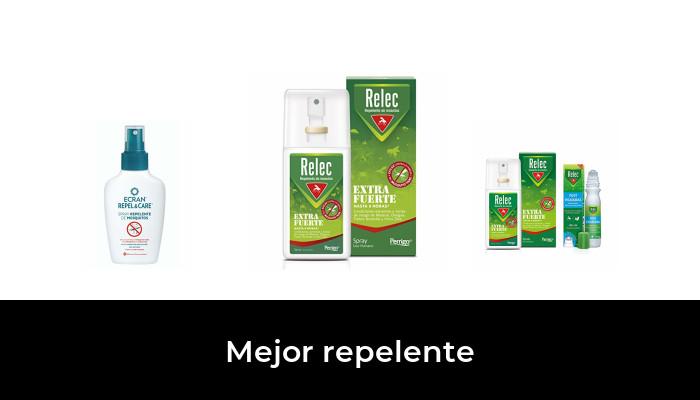Treatment of damaged skin
At the counter of the pharmacy office it is common to find ourselves in front of numerous consultations of patients who have suffered some trauma or injury to their skin. They see the pharmacist as a health educator and a qualified professional in solving doubts and problems, capable of recommending appropriate dermocosmetic treatments to avoid possible sequelae and hyperpigmentation on their skin. In this article, we will cite and respond to the most common cases that concern the user, we will explain how to deal with each case and we will offer the appropriate recommendations.
Marks of wounds-scarsWound healing is a physiological phenomenon that involves an initial inflammatory/exudative phase, which continues with a phase of cell proliferation, to end with a differentiation, maturation or remodeling that produces a contraction of the wound by transforming granular tissue into scar tissue.
The advice that will determine the success of our choice in terms of recommended dermopharmaceutical treatments will depend on various factors:
Recommendations Treat the lesion from the moment it is remodeled, when the wound closes and the scab falls off. Cover it during the day with a breathable cotton dressing to avoid contact with pollution and allergens during the day, and remove it at night to avoid maceration of the lesion during the first 10 days. We can also cover with polyurethane dressings (the external surface contains a microporous polyurethane membrane, and the internal surface an adherent acrylic film to allow fixation on the skin). These dressings, in turn, also protect from UV radiation and, therefore, prevent a possible appearance of hyperpigmentation in the injured area. We can also recommend a silicone gel to help correct healing and thus avoid the possible appearance of keloids.
We must always protect the skin from solar radiation with a 50+ photoprotector, and always betting on physical filters, focusing on the correct application and successive reapplications every 2 hours.
To expedite the healing process, products containing ingredients such as rosehip oil, hyaluronic acid (0.2% sodium salt) or gotu kola should be used.
Massaging the injured area in a gentle circular motion will help prevent adhesions and relieve pain and tightness that occurs during the healing process.
TattoosTattoos are voluntary aggressions that the patient performs on their skin. Permanent tattoos consist of the injection of insoluble pigments into the dermis (whose cells are irreplaceable), thereby achieving permanent coloration.
As basic post-pigment injection care, we will advise the patient to cover the tattooed area for at least 24-48 hours with transparent film if the size is considerable (it exerts pressure and prevents bleeding), or simply with a dressing if the drawing is smaller in size. The dressings have the advantage that, when removing them, if there has been bleeding, they can be previously moistened with saline solution and removed without causing damage. Covering the tattoo will also help us prevent the skin from coming into contact with pathogens, and therefore we will avoid possible infections.
As normal reactions to the aggression carried out on the skin, slight inflammation and bleeding, redness, itching and even small whitish flakes may appear, which will be resolved with a successful dermopharmaceutical routine.

Once 24-48 hours have elapsed, we recommend cleaning the tattooed area at least twice a day with soaps with a physiological or slightly acidic pH, without perfumes or preservatives. We could also spray an antiseptic such as chlorhexidine, avoiding others such as alcohol, hydrogen peroxide and povidone-iodine. Daily care consists of the application 4 times a day of a non-occlusive repeating/healing/moisturizing formula, which if possible includes SPF if the tattooed area is exposed to the sun.
Tattooed patients tend to have a preference for oily textures, as they brighten the color of the drawing. In the event that the patient has a tendency to present keloids on the skin, we could also, as a preventive measure, add a silicone gel to the care routine.
I overcome dyslexia and studied Child Development with the Open University and that made me an excellent teacher b… https://t.co/pMIh159AXL
— Ruth Behan Tue Jul 20 12:39:25 +0000 2021
We must make an immediate medical referral if the patient goes to the pharmacy with symptoms of: infection, abnormal healing, suspected allergic reaction, allergic contact dermatitis, photodermatosis, lichenoid reactions, granulomatous reactions, pseudoepitheliomatous hyperplasia, Koebner phenomenon, infectious diseases or suspected tumors.
However, we also find temporary tattoos, such as micropigmentation or henna tattoos, which, although not permanent, are not without setbacks and also require care.
In fact, in micropigmentation we find numerous cases where the end is often aligned with psychological reasons derived from a health problem. We are talking about patients who want to hide their vitiligo, women who draw the areola of the nipple after breast cancer surgery, coloring the eyebrows after a chemotherapy process, hiding old scars, etc.
In order for the aesthetic result to be the desired one, it is vital to previously carry out visagism tests and the desired tonality of the inks on the skin in the center, and for the safety of the patient also a control of allergies to the pigments.
As cleaning care we recommend washing with saline in the treated area and pat dry without friction with sterile gauze. Spraying with thermal water soothes and provides comfort to injured skin. When micropigmentation is performed in the eye area, cleansing foams/wipes that contain chamomile and calendula-based antiseptic and soothing active ingredients, with a specific pH for the area to be treated, can be very useful. The care routine begins with intense hydration of the area, if possible with fluid textures that do not require massage when applied, enriched with soothing, vasopressor and anti-inflammatory active ingredients. Lip protection in the case of micropigmentation in said area. And also photoprotection in the form of a mist or spray along with the use of a hat, cap and sunglasses, although it is advisable to avoid sun exposure until the pigments are fully absorbed.
Swelling, redness and even the appearance of bruises in the area are common, and can last up to a week, although we will refer to the doctor in case of any alarm symptoms.
On the other hand, tattoos drawn with henna should be made on exfoliated and hydrated skin to improve the result of the drawing. To help maintain it over time, it is also essential to take care of hydration the following days, and always ensure skin photoprotection. What in principle can be a harmless tattoo with natural, economical, decorative, reversible and painless henna, can become a serious problem when it is done in an unauthorized place due to the risk of applying black henna (adulterated with paraphenylenediamine or PPD). In these cases, the patient may immediately suffer allergic reactions, the appearance of blisters and fever, and sequelae such as spots, scars and skin discoloration. In addition, the patient will be permanently sensitized to said substance every time they come into contact with it. Therefore, in case of any suspicion, we will make an urgent medical referral.
Scrubs and "peels"These weekly treatments recommended in the pharmacy have the purpose of extracting the most superficial cells of the stratum corneum, deeply eliminating accumulated dirt on our skin (remains of makeup, cosmetic ingredients, etc.) . They favor the penetration of active ingredients in subsequent applied treatments, provide luminosity, improve the appearance of our skin and stimulate cell formation.
Apply to clean skin and preferably at night, avoiding the area around the eyes and lips. The indicated acting time should not be exceeded, and they should be removed with mild soap and water or with micellar/tonic water. Drying must be done with gauze/tissue. Sometimes they can be aggressive on the skin, which is why the subsequent application of soothing, nourishing and moisturizing masks is important, which we can leave on overnight.
They are not indicated in patients with psoriasis, rosacea/couperose or atopic dermatitis in outbreak periods, in case of herpes or damaged skin, or in cancer patients until at least 6 months-1 year after the end of therapy.
Laser treatmentsToday there is a great demand by the user, since laser treatments have infinite applications. We are talking about permanent hair removal, tattoo removal, hyperpigmentation lightening, scar correction, acne treatments, etc.
It is not recommended to carry out these sessions in patients with medication treatment that produces phototoxicity, photoallergy or photosensitivity, at least until after 6 months of having suspended it.
In patients with pathologies such as lupus erythematosus, diabetes, immunosuppressed, with a tendency to present keloids, with herpes, epilepsy, HIV, psoriasis, active infections or open wounds, it would not be indicated either, as in patients undergoing chemotherapy or radiotherapy treatments. , or during pregnancy and lactation.
Previously, the skin must not have been photoexposed (at least 30 days before doing it), and taking into account that the treatment can be painful, we can recommend an application of topical anesthesia with lidocaine/prilocaine about 3 minutes before taking it. just.
After the session, redness, blushing, slight inflammation, peeling and even blisters may appear as a normal reaction. All of them are small problems that can be easily solved with a specific dermopharmaceutical care routine. The ideal will be to maintain hygiene with a mild syndet, without perfumes, and dry with sterile gauze without rubbing. It must be continuously hydrated, with formulations enriched with soothing active ingredients, without forgetting 50+ photoprotection. In fact, sun exposure is not recommended for at least 15 days afterwards, to avoid unwanted hyperpigmentation.
And always remember...
Basic tips
Reasons for referral to the doctor
Bibliography Aliaga Pérez AM.ª, Camps Miró M, Hidalgo Sotelo T, Tiemblo Ferrete C. Antisepsis Guide: Pharmaceutical Care in minor wounds. Laboratorios SALVAT S.A., 2005. ISBN 84-609-5597-4. Esteva E. The treatment of wounds. Types of dressings and antiseptics. Offarm. 2006; 25(8): 54-60.Lupiáñez A. Pharmaceutical Care: mild skin lesions. Innova Magazine. Mataix J, Silvestre JF. Adverse skin reactions from tattoos and piercings. Cutaneous adverse reactions to tattoos and piercings. Dermatology Service. Alicante General University Hospital. Alicante. Spain. Ramírez de Arellano A. The exposome: factors that influence skin aging. November 11, 2017. Official website of the Spanish Academy of Dermatology. Available at: https://aedv.es/el-exposoma-los-factores-que-influyen-en-el-envejecimiento-de-la-piel/


![46 Best Eyebrow Tint in 2022 [Based on 59 Expert Opinions]](https://website-google-hk.oss-cn-hongkong.aliyuncs.com/drawing/article_results_6/2022/2/27/ed118fdf3947d2023236cbe413ad9041.jpeg)





![47 best antiage nutritive cream in 2022 [based on 326 reviews] 47 best antiage nutritive cream in 2022 [based on 326 reviews]](https://website-google-hk.oss-cn-hongkong.aliyuncs.com/drawing/article_results_6/2022/2/27/1918fc37c66ad30564173e69d9df88a0.jpeg)

